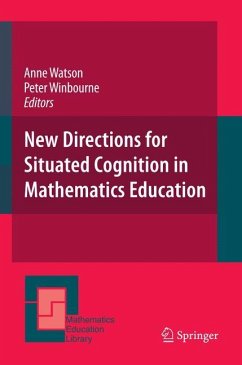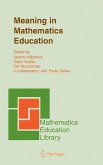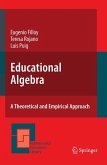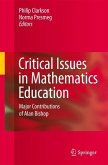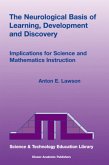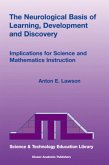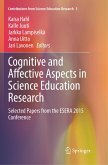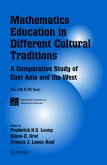New Directions for Situated Cognition in Mathematics Education represents the maturation and expansion of the situated cognition theories applied to mathematics education. All of the situations on which the chapters of this book are based exemplify activity which would be described as mathematical, whether they are classrooms, workplaces, homes or the street. In identifying mathematical activity, this book examines the ways people talk, what they talk about, what they focus on, how they classify experience, what levels and kinds of generality occur to them, what is varied and what is fixed, what relationships they observe or construct and how they express them-much they way music, musicality, and a musician are recognized.
In this book a dynamic view of knowledge is taken by all the authors. Although knowledge is considered what is produced in learning environments, each chapter offers a different perspective on its relationship to the individual, group, activity, historical conventions, and authoritarian views of meaning.
New Directions for Situated Cognition in Mathematics Education provides a resource for educators, researchers and students to approach situated cognition through an organized and diverse source.
In this book a dynamic view of knowledge is taken by all the authors. Although knowledge is considered what is produced in learning environments, each chapter offers a different perspective on its relationship to the individual, group, activity, historical conventions, and authoritarian views of meaning.
New Directions for Situated Cognition in Mathematics Education provides a resource for educators, researchers and students to approach situated cognition through an organized and diverse source.

